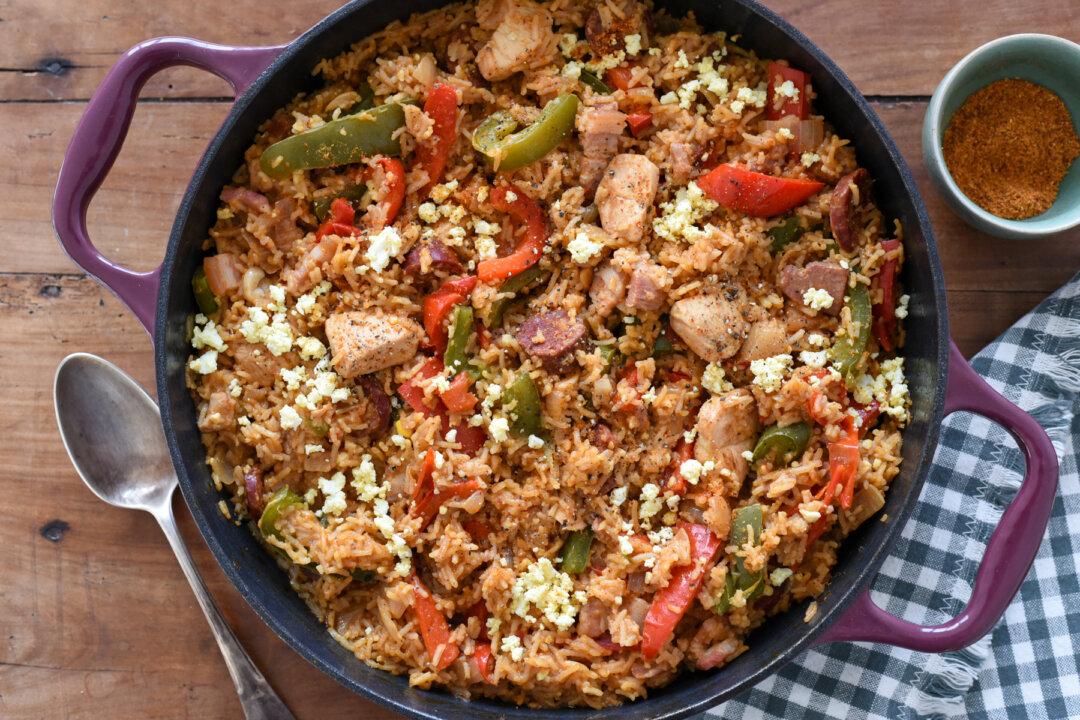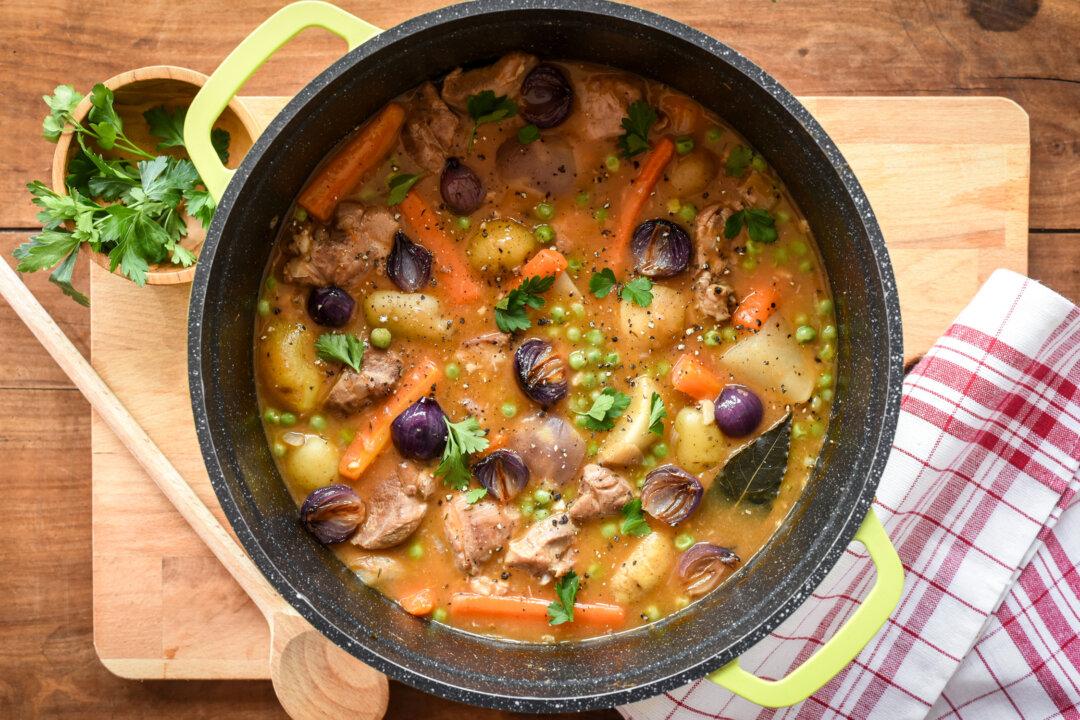During winter, there’s nothing better than foods from the Basque Country to bring sunshine and heat to the kitchen. This region, which straddles the line between southern France and northern Spain, embraces both countries’ influences for a cuisine that is always vivacious and colorful.
This Basque-style risotto, known as riz gaxuxa (pronounced gachoocha) is a quintessential dish from the region. With creamy rice, bell peppers, smoky chorizo sausage, chicken, pancetta, and eggs, it’s a wholesome, one-pot recipe that is brightened with piment d'Espelette, the famous local pepper, for a fiery kick. It’s a vibrant mix of flavors reminiscent of Spanish paella—simpler, but just as delicious.





